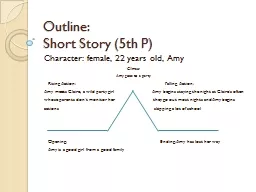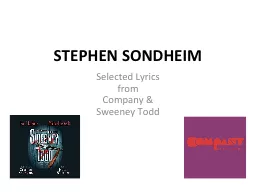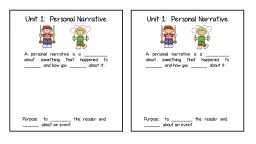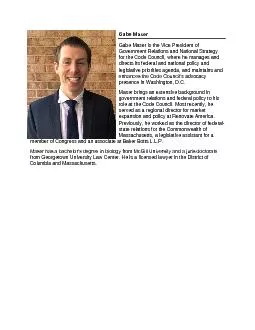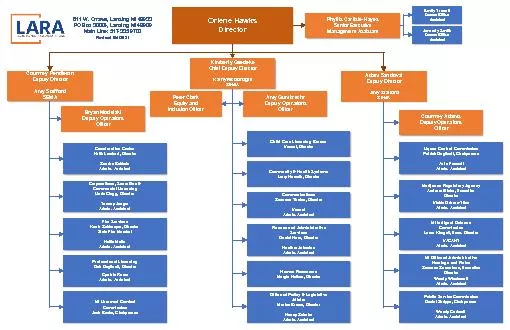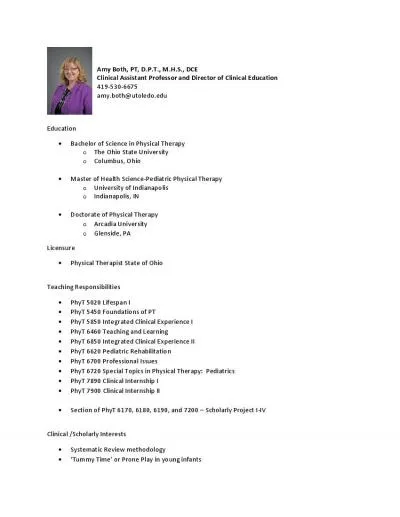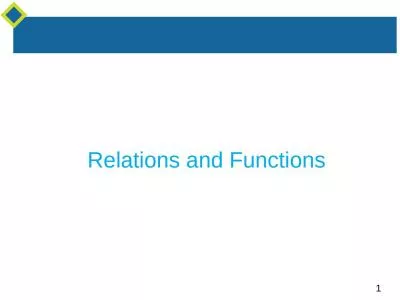PPT-Amy Schoppman Director of Government Relations
Author : min-jolicoeur | Published Date : 2019-12-02
Amy Schoppman Director of Government Relations NMEDA What is NMEDA The trade association for the automotive mobility industry Dealers Manufacturers Healthcare amp
Presentation Embed Code
Download Presentation
Download Presentation The PPT/PDF document "Amy Schoppman Director of Government Re..." is the property of its rightful owner. Permission is granted to download and print the materials on this website for personal, non-commercial use only, and to display it on your personal computer provided you do not modify the materials and that you retain all copyright notices contained in the materials. By downloading content from our website, you accept the terms of this agreement.
Amy Schoppman Director of Government Relations: Transcript
Download Rules Of Document
"Amy Schoppman Director of Government Relations"The content belongs to its owner. You may download and print it for personal use, without modification, and keep all copyright notices. By downloading, you agree to these terms.
Related Documents


